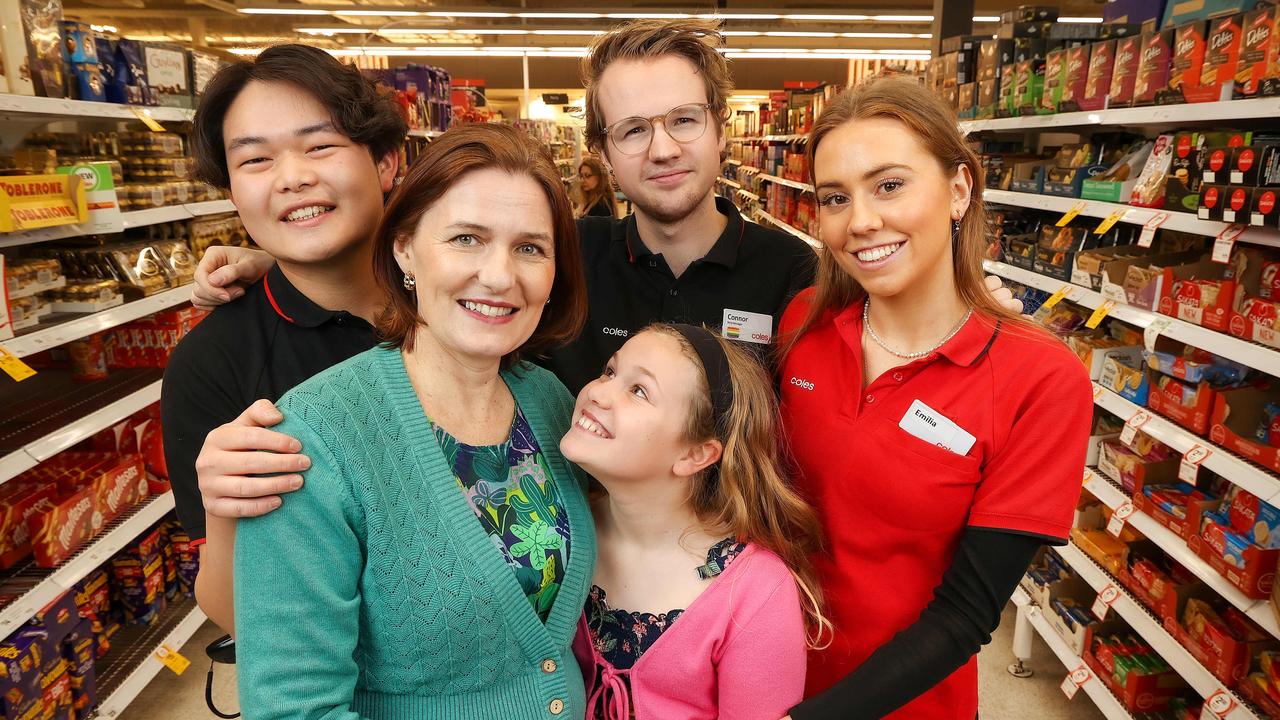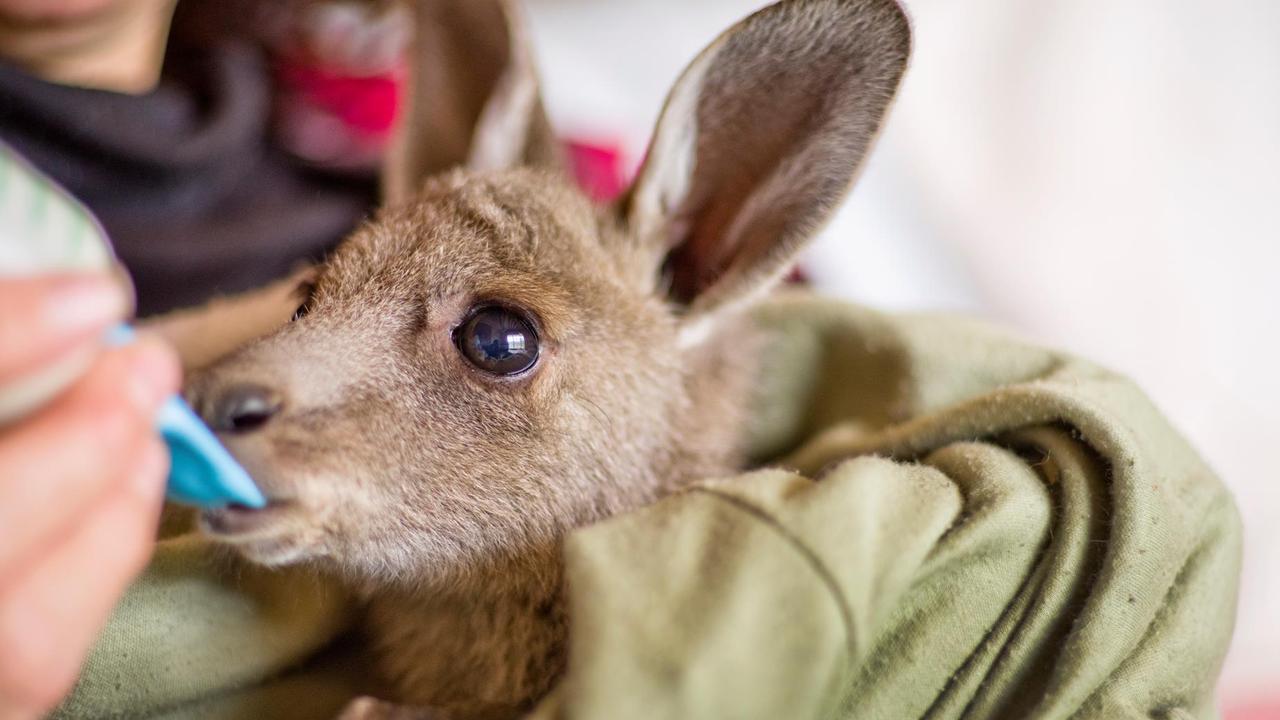Monash Children’s Hospital first-human trial finds placenta cells can save premature babies with damaged lungs
A WORLD-first treatment using cells from a human placenta to protect and repair the damaged lungs of premature babies has been successfully tried in six infants.
VIC News
Don't miss out on the headlines from VIC News. Followed categories will be added to My News.
A WORLD-first treatment using cells from a human placenta to protect and repair the damaged lungs of premature babies has been successfully tried in six infants.
The babies, suffering from chronic lung disease, were born at 24 to 28 weeks gestation, weighing an average of 795g, and received the cells when about three months old.
Results, published today, raise hopes for the first effective treatment for our smallest and most vulnerable patients.
CANCER-KILLING IMMUNOTHERAPY TO BECOME MORE ACCESSIBLE
LITTLE FIGHTERS BATTLE SERIOUS ILLNESS AT RCH
OVARIAN CANCER AND ASTHMA THERAPY FAST-TRACKED


The first in-human trial at Monash Children’s Hospital, proving the treatment is safe, is the fruit of 10 years’ research at the Hudson Institute of Medical Research.
A further trial to test whether the treatment normalises the growth of premature babies’ under-developed lungs begins this month.
Researchers from the Hudson Institute and Monash University say they hope these placental cells can reduce the need for ventilation; the lifelong respiratory problems premature babies suffer; and associated brain-related injuries such cerebral palsy.
Neonatologist and study co-lead author Dr Atul Malhotra said the ventilation technology that kept smaller and younger babies alive stopped their immature lungs developing.
He said: “The prem babies we worry about make up 2 per cent of all babies born — those born under 32 weeks and weighing less than 1.5kg.
More than half have this incurable significant lung disease, bronchopulmonary dysplasia.
We think if we fix their breathing problems, their brain outcomes will be better, too.”

Hudson Institute stem cell researcher and co-lead author Dr Rebecca Lim said previous testing of amnion epithelial cells in animals showed they could fully repair damaged lungs by kickstarting the lungs’ own repair process.
The cells are extracted from the amnion sac within the placenta.
A placenta from a full-term baby contains more than 150 million of these cells, which could treat up to 10 premature infants.
“When you’re growing a lung, you’re growing air sacs and the blood vessels that surround them. But when a baby is born very premature and they are ventilated, that process goes completely out of whack,” Dr Lim said.
“What these amnion cells do is give that balance back, so the air sacs and the blood vessels start to develop more normally. It can reverse the stunting so they continue down their normal growth trajectory.”

In the safety study, the speed and concentration of the infusion had to be reduced after the first infant experienced temporary cardiorespiratory problems. No other infants had negative side effects.
The findings are published today in journal STEM CELLS Translational Medicine.
In the phase II trial, 24 babies, born at Monash Newborn and Royal Women’s Hospital before 29 weeks gestation, will be treated from two weeks of age, before symptoms of chronic lung disease appear.
Doses will be up to 15 times those in the safety study.
Flynn Minieri, born at 25 weeks gestation at 990g, spent his first 7½ months in hospital and received the cells at three months of age.
Parents John and Kirsty Minieri agreed to join the trial, knowing Flynn would likely get no benefit.
Flynn, aged 19 months, still needs oxygen support at night.
“There is no doubt Flynn benefited from things … that were trialled on other babies because of the brave decisions those parents made to take part in research,” Mrs Minieri said.


